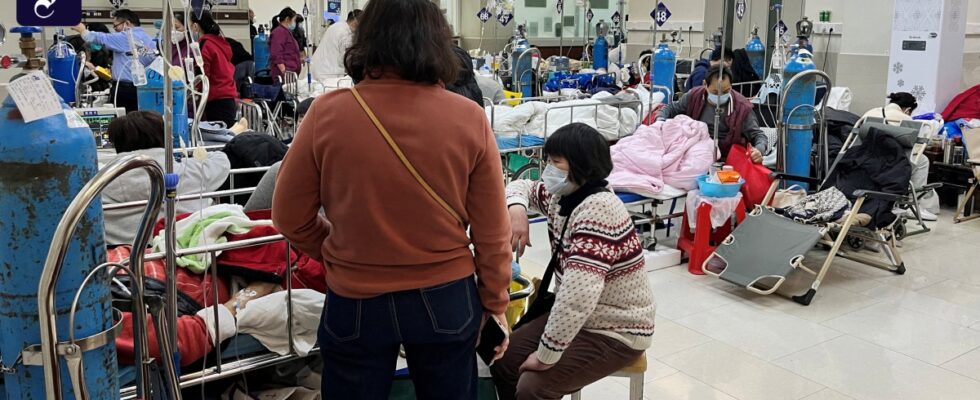Today, the EU states are discussing uniform regulations for entry from China, such as mandatory tests. Does that make sense from an epidemiological point of view?
The interesting thing about these demands is that no objective is mentioned. Presumably they are intended to prevent corona viruses from being brought in, but that is an exaggeration. In 2019, before the pandemic, about 16,000 Chinese traveled to Western Europe every day. In a worst-case estimate, one could assume that around a third of the passengers from China are infected, so that would be around 6,000 infected people a day even with high entry numbers. In Germany alone we currently have around 30,000 cases a day, and maybe 100,000 in all of Western Europe. In contrast, 6,000 infected people who could enter from China are ridiculously few.
So the corona wave in China is not dangerous for us?
The virus circulates as heavily in Europe as in China, but here it is encountering an immunized population. That’s why we don’t see such a strong impact. To believe that a new wave is coming because of the relatively few infected people entering the country seems to me poorly researched. One should ask whether the required containment measures are necessary, proportionate and effective. They are not necessary because the virus also circulates here. They are also not proportionate and effective because we currently have many more patients with influenza and RSV (respiratory syncytial virus, editor’s note). About two-thirds of those infected with respiratory diseases in our country have influenza, while only nine percent have corona. So it would be much more proportionate and effective to test incoming travelers for influenza.

Klaus Stöhr, virologist and epidemiologist, pictured in a bookstore in Munich on June 8, 2022
:
Image: dpa
A large German airport, for example, is in Frankfurt, i.e. in Hesse. There is no longer an obligation to isolate here, and even a positive test upon entry would – as of now – not lead to a quarantine.
This addresses the second level, namely whether the measures are practicable. Even if entry tests were implemented, they would not work because, for example, there is no obligation to isolate. So they are not practical.
Is the concern justified that new variants could arise in the current wave of infections?
Where would a new variant arise that we should be afraid of? So those that change their biological properties, are more aggressive, transmit more easily or, in the worst case, circumvent immunity? It would arise where immunity already exists. We have the highest immunity rates in Europe and North America, not in China. It is therefore much more likely that a new variant will emerge here.
Couldn’t entry tests still warn of impending waves or new variants?
A new variant would reach us within days anyway, because people who tested negative and were asymptomatic can also transmit the virus, and there is always some travel. We are currently seeing this in the USA, where a new sub-variant of omicron is spreading. However, the vaccines still work well, and even those who have been infected with omicron continue to have good protection. The vaccines will certainly be adjusted, but that will take about six months. If you know a week earlier that there is a new variant, it doesn’t matter for vaccine development or protection.
